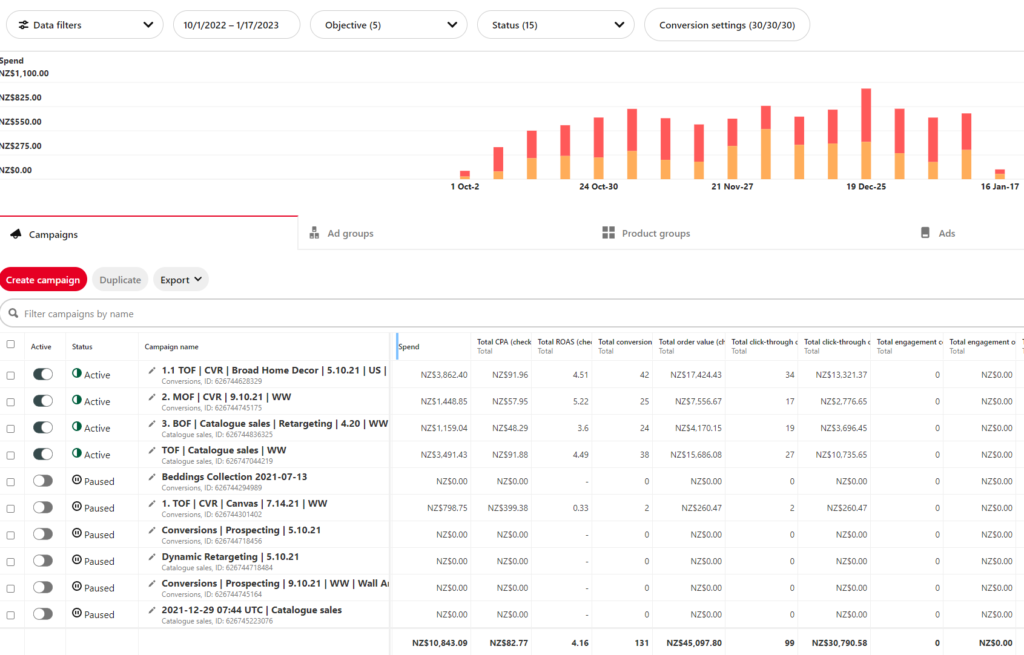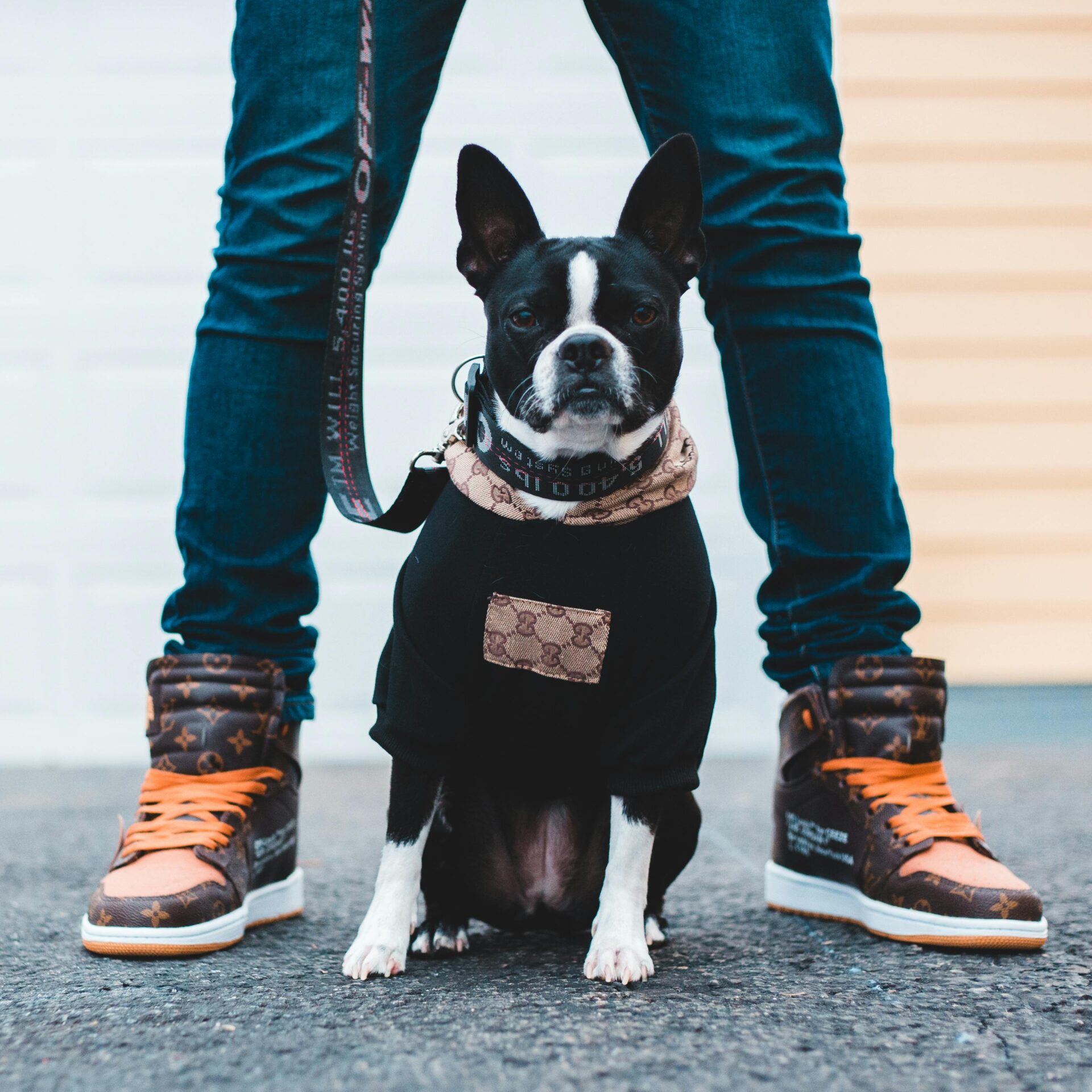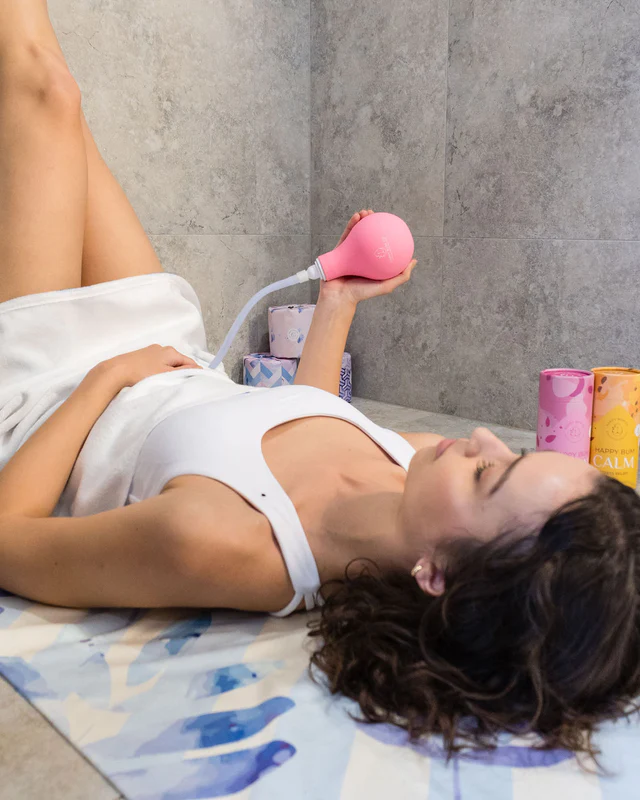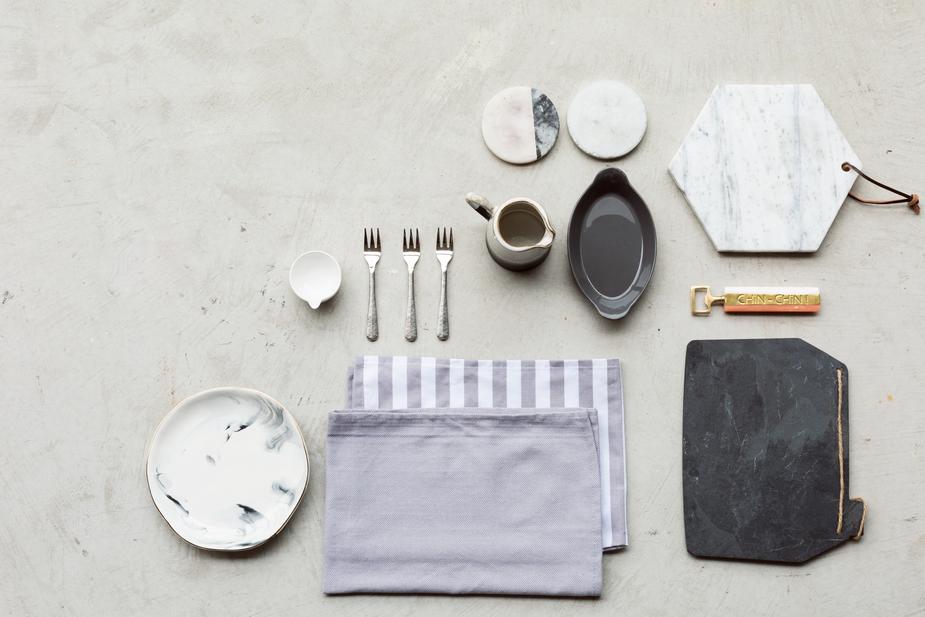Pinterest Ads Case Study - How To Achieve A 4-5x ROAS for Shopify/Ecommerce in 2023
Ad Spend: $10420
Revenue Generated: $45097
Store Niche: Home Decor – US Market.
Final ROAS: 4.16x past 90 days, 5x MTD.
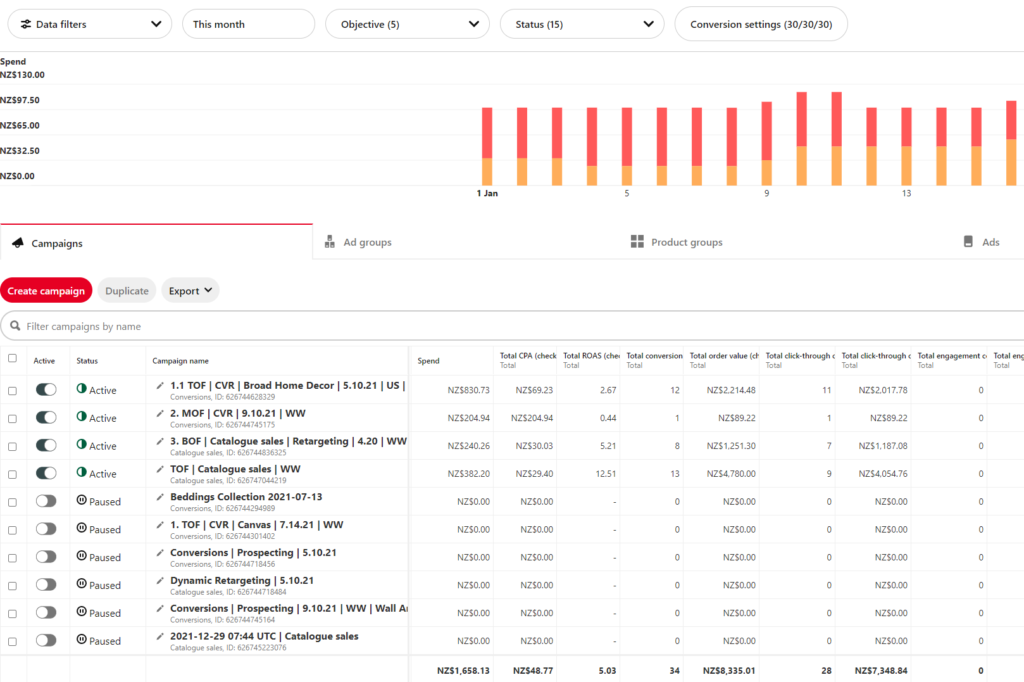
Introduction:
Our client was successfully selling product using Facebook ads as their primary traffic source. Things were going well but they got hit with a disabled page and were unable to retrieve it (typical Facebook). Therefore they were unable to run any paid ads on the platform and their business sales began declining.
They consulted us to find alternative traffic sources to tap into. Google Shopping ads was one channel, but we also introduced the idea of Pin ads as they’re not often talked about, and very underrated.
On Pinterest, approximately 80-90% of the userbase is female, and users often use the platform as a source of inspiration, for research, and even as a search engine. It’s a very unique platform and has very powerful targeting features not available with Facebook/Instagram, Tiktok or Snapchat.
Therefore, if your target customer demographic is primarily females, you can tap into and leverage this evergreen channel to achieve great customer acquisition costs, high ROAS and fantastic brand awareness/reach.
Prospects and clients always like to ask us what the main difference is between Facebook & Pin ads, so we wrote another article diving deeper into this topic. You can read about this here.
Pinterest Ads Case Study – Let’s Dive in!
Our first step is usually to audit the entire user experience and shopping journey to make sure the traffic we send will actually convert. But since this client already had a decent CR and was doing well scaling with Facebook ads already, we were confident to begin driving traffic.
Pinterest Ads Creative & Ad Formats
From previous experience with Pinterest ads, we knew which formats would convert best. We used some of the best performing ads from the previous Facebook campaigns, as well as created some new variations to fit into the Pinterest format. These include:
- Vertical Image Ads (Product and Lifestyle photography, clear Shop Now CTA, brand logo, strong offer – Focus on photo quality, our Pinterest reps advised that this minimal style image works best on the platform and it does)
- Vertical Video Ads (UGC Video Ads work great for Idea Pins)
- Carousel Ads (Using a mix of Vertical Images and videos)
- Catalog Shopping Ads (Using the Pinterest Product Feed)
Pinterest Ads Pixel, Tracking, CAPI & Analytics
There’s no use spending money on ads without having the pixel/tracking setup so the ads can deliver optimally, as well as report back accurately on what every dollar spent is achieving for the business. We went through our checklist and implemented the following:
- Pixel – To track user activity, be able to retarget them, and also for the platform to learn our ideal customer to deliver ads to similar prospects.
- Conversions API – Since IOS14 was implemented, the pixel isn’t as effective and easily blocked from browser’s and device operating systems. The CAPI creates a connection from Shopify to Pinterest which can’t be interrupted as easily. It optimizes ad targeting and decreases cost per result + helps us measure performance.
- Google Analytics UTM’s – For the clients not on Hyros/Triple Whale we setup UTM codes through Google Analytics to verify the traffic coming through is high quality and engaging correctly. Oftentimes ad manager platforms aren’t 100% accurate so we need to cross-reference this data.
We setup the first campaigns as follows:
Top of funnel strategy:
We ran with 2 primary TOF campaigns. One was optimized for conversions using regular pins, the other using Catalog ads with the product feed.
During the initial testing phase the path to optimization is quite similar to what we do on Facebook/Instagram.
We follow best practices from working with our Pinterest Partner Agency reps, and begin with 3 Interest adsets stacked with 20-30 Keywords included. Narrow down on demographics + countries accordingly. If in doubt, start broader and narrow down later. You can always use the breakdown feature to see exactly which age groups, countries, genders, etc. are converting best and make your optimizations from there.
In each adset, you want to have no more than 3-5 ads (a variety is good – image, video, carousel, idea pins). Overloading the campaign with too many adsets/ads hinders the algorithm’s ability to optimize your spend as efficiently as it could.
You want to quickly kill off unprofitable adsets/ads. If it spends 2x your desired CPA without many Add to carts or checkouts initiated, then you should kill it and cycle in a new variation.
Eventually you can try Actalike audiences off your pixel data of customer list. This worked very well for us.
Once you launch, keep an eye on your key metrics: Link clickthrough rate, cost per purchase, cost per add to cart & ROAS. If you’re seeing low click rates, not many add to cart activity, and spend is starting to get too high – you want to consider cycling in a new audience or ad.
An important thing to remember is test lots of different collections and products. Especially for businesses with very large catalogs like in this particular case study. Some products just did not sell well at all no matter how hard we tried. We had to work with the client to identify highest potential products, and then implement our own research and testing process to find the prospects most likely to buy.
We scaled horizontally by launching new products, collections & campaigns for those items, and also vertically scaled best performers by scaling budgets individually at the campaign/adset level.
It’s extremely important to have a system/process for testing and scaling winning audiences and ads.
Middle of funnel / bottom of funnel strategy:
For our retargeting ads, we used a conversion campaign as well as catalog ads with the product feed too.
Some of our best retargeting adsets were: Social engagers 180 days, website visitors 90 days, adds to cart past 30 days, initiated checkout past 14 days.
The creative style is similar, but with more urgency and a stronger offer to get these prospects across the line and convert.
It’s important to have a strong offer to retain visitors who have engaged/visited the site but not yet purchased.
In this case we used a simple discount offer, you can’t really go wrong with a discount for warm audiences, but BOGO (Buy One Get One) offers are also very powerful, as are free gifts, free trials, you can get really creative and work on some strong offers depending on what you sell!
One thing to note with Pinterest ads is that it can take at least the first month or two to warm up the pixel, collect data to optimize with, and also run experiments to find winning audience/ad combinations in that time.
In this case, we had to cycle through many audiences, product sets, ad creatives, and so on until we had the current setup which is producing 4-5x ROAS.
Overall results after 180 days:
We’re proud to have helped this client turn their business around after seemingly being left for dead because of the Facebook ads issues.
They’re now achieving a higher ROAS than ever seen before, and the best part is they were skeptical of whether Pinterest ads would amount to anything at all for their brand.
We took a channel that often isn’t given enough credit for, and made it a profitable and scalable customer acquisition channel which none of their competitors have tapped into yet.
The main takeaway here is to always let the data lead your strategy, and always be willing to test/experiment with a new channel or strategy before you give up on anything. Just because it hasn’t worked for anybody else, or just because you haven’t heard everybody talking about it online doesn’t mean it can’t work for you.
We’re still working with this client and hope to for a long time to come. We aim to update this case study or publish a new one on this brand with how high we’re able to scale them.
Conclusion
This was just one of the recent successes we’ve had using Pinterest for E-commerce advertising. We hope you enjoyed and found value in this Pinterest Ads case study.
Interested in learning more about how we can help your brand achieve better profitability and scale through your paid traffic?
We have performance-based pricing plans, as well as money-back guarantees if we don’t deliver on performance.
We know how many merchants have had bad experiences with agencies before, so we want to remove any risk associated with getting started with us!
Book a free discovery call below and we’ll see how to help you achieve your business goals!
